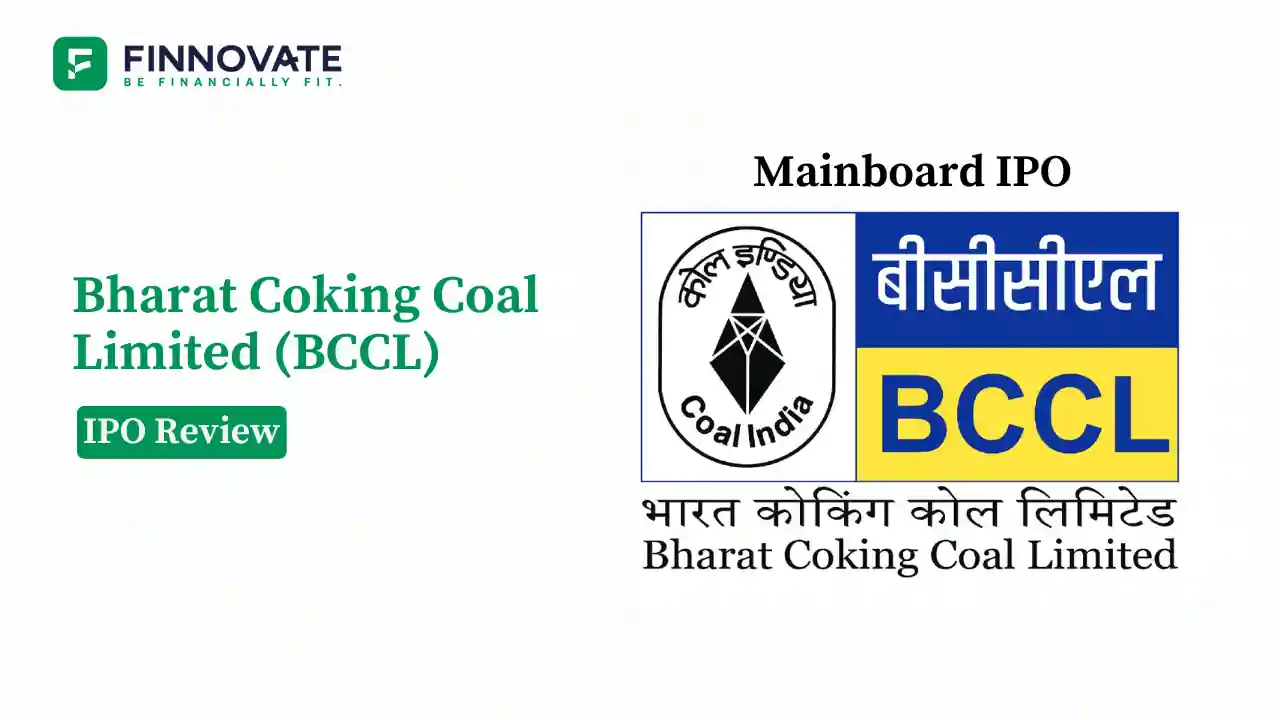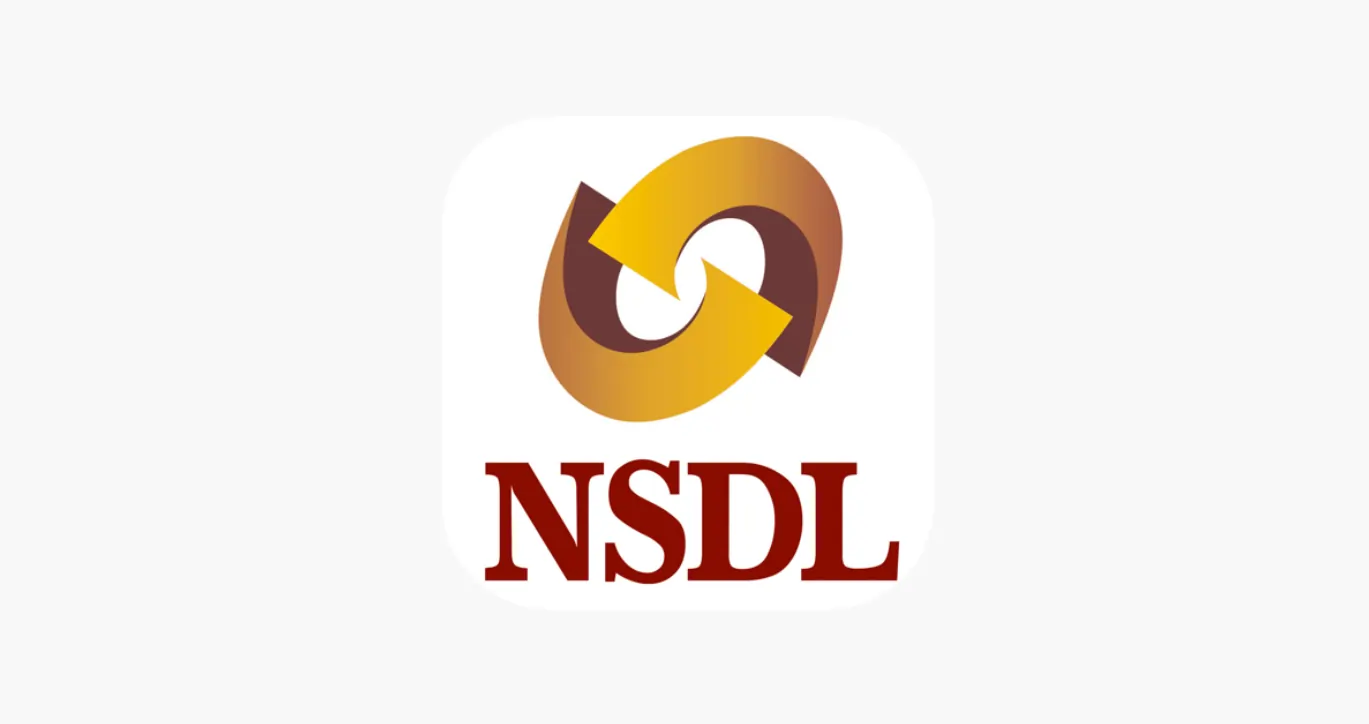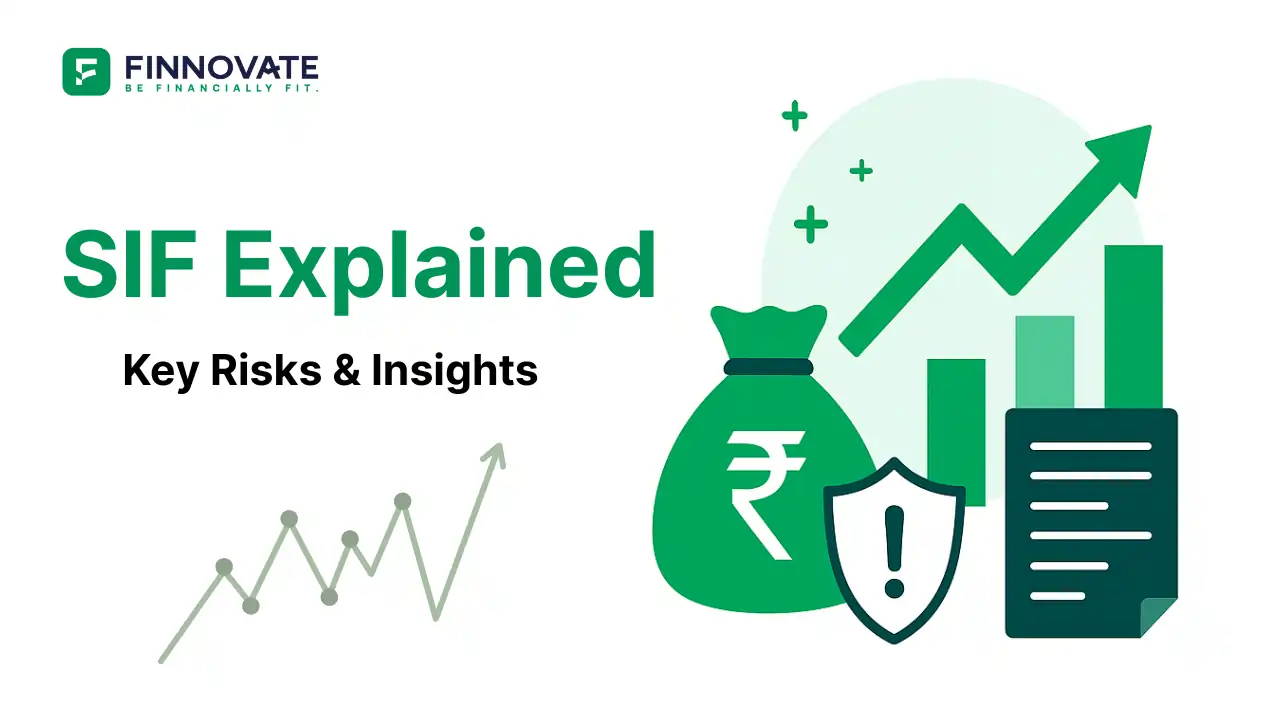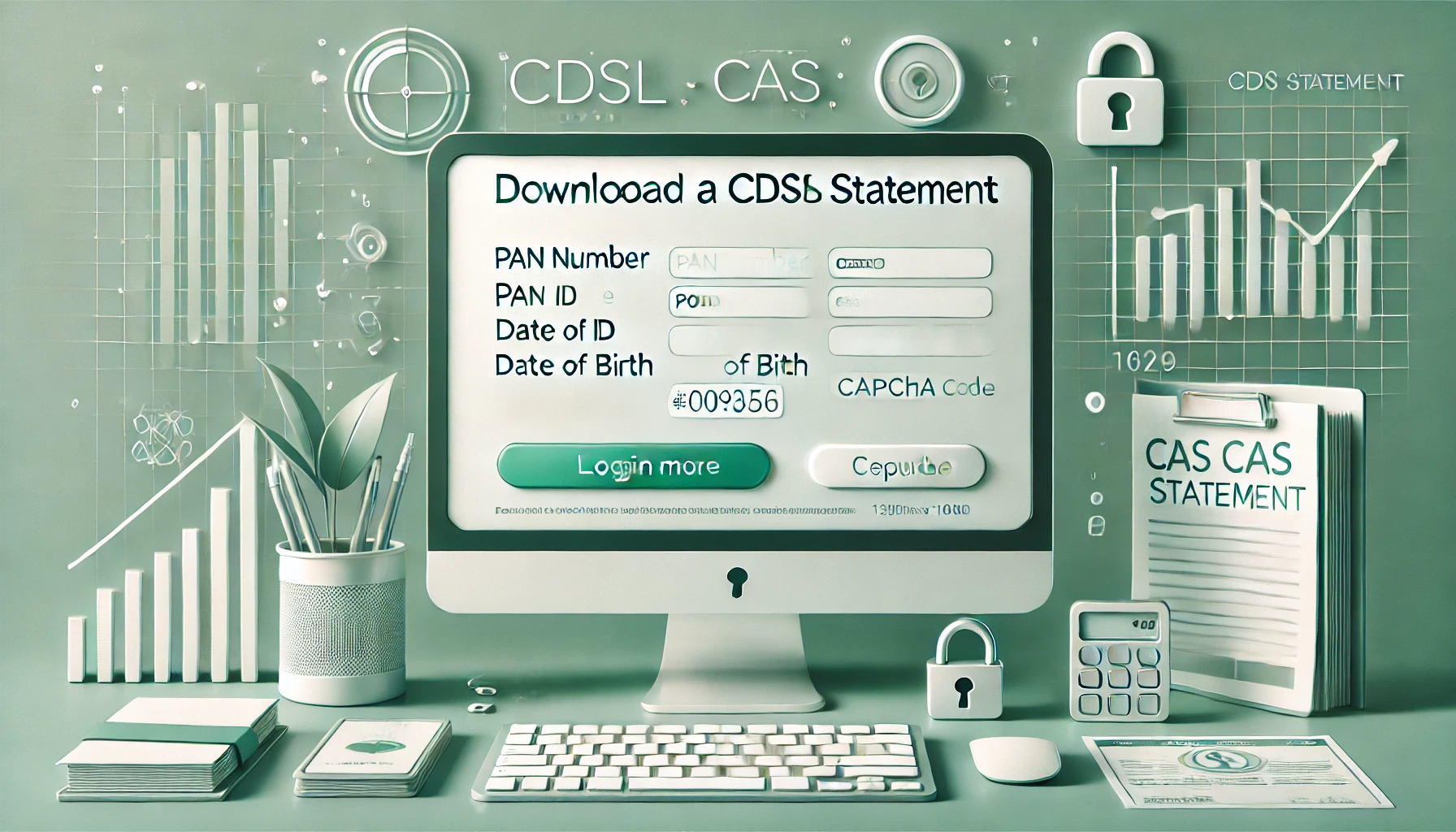
BCCL IPO Review 2026: Business Model, Financials, Valuations, Risks & Key Facts
BCCL IPO review with price band, GMP snapshot, financials, key ratios, risks, timeline, an...
Over the last four years, the Indian IPO market has been buzzing with activity especially from new-age digital companies and traditional businesses alike. But one trend stands out sharply: IPOs backed by private equity (PE) funds haven’t fared as well as those backed by traditional promoters.
Let’s explore what recent data says and why this performance gap exists.
A study of 218 IPOs from FY20 to FY25 reveals some interesting trends:
These differences suggest that promoter involvement may provide greater post-listing stability and investor confidence - at least in the short to medium term.
It largely boils down to one concept: "Skin in the Game."
Promoter-backed companies usually have long-term business goals. The IPO is not an exit - it’s a growth strategy. In contrast, many PE funds view IPOs as a partial or complete exit opportunity, with lesser long-term commitment to the company’s direction.
In several modern IPOs, especially digital-first companies, promoter stake post-listing is often below 10%. That limited involvement can result in weak corporate governance or unclear vision post-IPO.
Companies like Eternal, which retained strong promoter engagement, have performed significantly better in the secondary markets compared to their peers.
India’s IPO landscape dramatically changed around late 2021, with a surge of digital companies entering the market - most of them loss-making at the time of listing.
This created several investor challenges:
Investors were often driven by FOMO (Fear of Missing Out) rather than fundamental valuation metrics. Traditional benchmarks like P/E ratios or dividend yield had little relevance.
While the data shows weaker performance by PE-backed IPOs, drawing conclusive judgments is tricky:
So while promoter-backed IPOs may appear more stable in the short run, PE-backed IPOs shouldn’t be written off entirely.
Whether it’s a PE-backed or promoter-backed IPO - understanding the real value matters. Talk to a financial expert and see if these IPOs fit your plan.
Book a Free CallPromoter-led IPOs tend to signal long-term commitment, operational control, and a growth mindset. PE-backed IPOs, on the other hand, are more of an exit vehicle where valuation, market timing, and sentiment play a bigger role.
As India’s capital markets mature, both types of IPOs will continue to coexist. The key for investors is not just who’s backing the IPO, but also what price you’re entering at, and whether the business model can sustain value creation over time.
Popular now

Learn how to easily download your NSDL CAS Statement in PDF format with our step-by-step g...

Explore what Specialised Investment Funds (SIFs) are, their benefits, taxation, minimum in...

Learn How to Download Your CDSL CAS Statement with our step-by-step guide. Easy instructio...

Looking for the best financial freedom books? Here’s a handpicked 2026 reading list with...